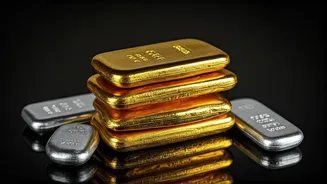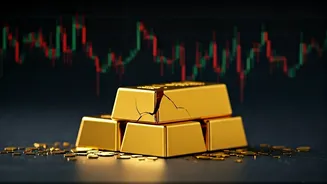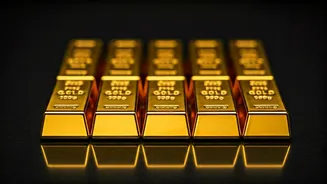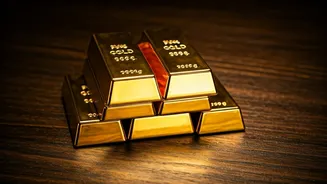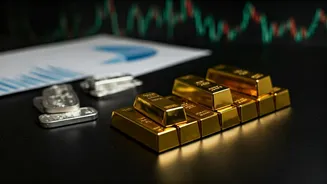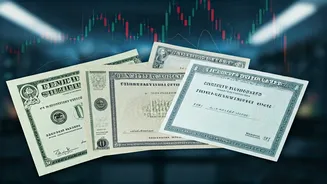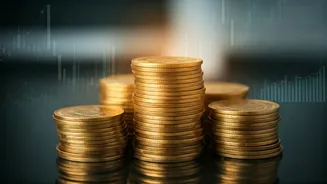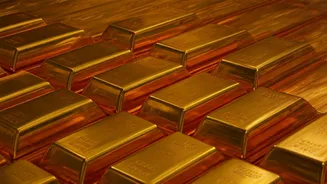Today's Market Overview
The gold and silver markets are continuously evolving, influenced by several factors that impact prices. In recent times, both metals experienced a retreat
after a period of record-breaking rallies. Analysts are suggesting that a period of consolidation may be on the horizon. The prices of these precious metals often mirror global economic conditions, geopolitical events, and investor sentiment. Investors commonly use gold and silver as safe-haven assets during times of economic uncertainty, which can lead to increased demand and, consequently, higher prices. However, when economic stability prevails, investment interest may shift, which may lead to price corrections. Understanding these dynamics is crucial for anyone involved in precious metals trading or investment.
Factors Affecting Prices
Several factors play a crucial role in determining gold and silver prices. Global economic indicators, like inflation rates and interest rate policies by central banks, heavily impact investor interest. When inflation rises, investors often turn to precious metals as a hedge against the diminishing value of currency, driving prices upward. Conversely, changes in interest rates can influence the attractiveness of gold and silver compared to interest-bearing assets. Geopolitical events, such as trade wars, political instability, and conflicts, also significantly affect the market. These events typically increase the demand for safe-haven assets, boosting prices. Additionally, the strength of the U.S. dollar, in which gold and silver are often priced, has an inverse relationship with metal prices; a weaker dollar can boost demand and prices for precious metals. Furthermore, industrial demand, especially for silver, plays a role in influencing price trends. Finally, supply-side factors, including mining production and changes in existing reserves, influence price movements.
Expert Forecasts & Analysis
Market analysts and experts provide insights and forecasts that help investors navigate the complexities of the gold and silver markets. These professionals scrutinize economic indicators, geopolitical events, and market trends to predict future price movements. Many analysts anticipated a period of consolidation after recent rallies, suggesting that prices might stabilize before resuming their upward trajectory. They closely watch key economic data, such as inflation figures and central bank decisions, as these are critical to price movements. Some experts recommend strategies for investors, which might involve diversifying portfolios or employing techniques to manage risks. For instance, diversifying investments across various asset classes can help reduce the impact of price volatility. Furthermore, experts often offer different perspectives that can guide investors in making decisions aligned with their financial goals. Therefore, staying informed about expert opinions and analyses is essential for those invested in gold and silver.
How To Invest Wisely
Investing in gold and silver necessitates a well-informed strategy to capitalize on market opportunities. Firstly, it is crucial to conduct thorough research, which involves understanding market dynamics, economic indicators, and geopolitical factors that affect prices. Diversifying your portfolio is also a smart strategy, as it can help reduce risks by spreading investments across different asset classes. Consider the timing of investments by monitoring market trends and expert analyses to make decisions at opportune times. Different investment avenues include physical gold and silver, such as bullion and coins; gold and silver ETFs (Exchange-Traded Funds); and stocks of mining companies. Before investing, it's wise to assess your risk tolerance and financial objectives. This involves evaluating your capacity for risk and setting realistic goals. Regularly reviewing your investments and adjusting them based on market changes is essential. Consulting with financial advisors can provide tailored insights and help refine your investment strategy.
